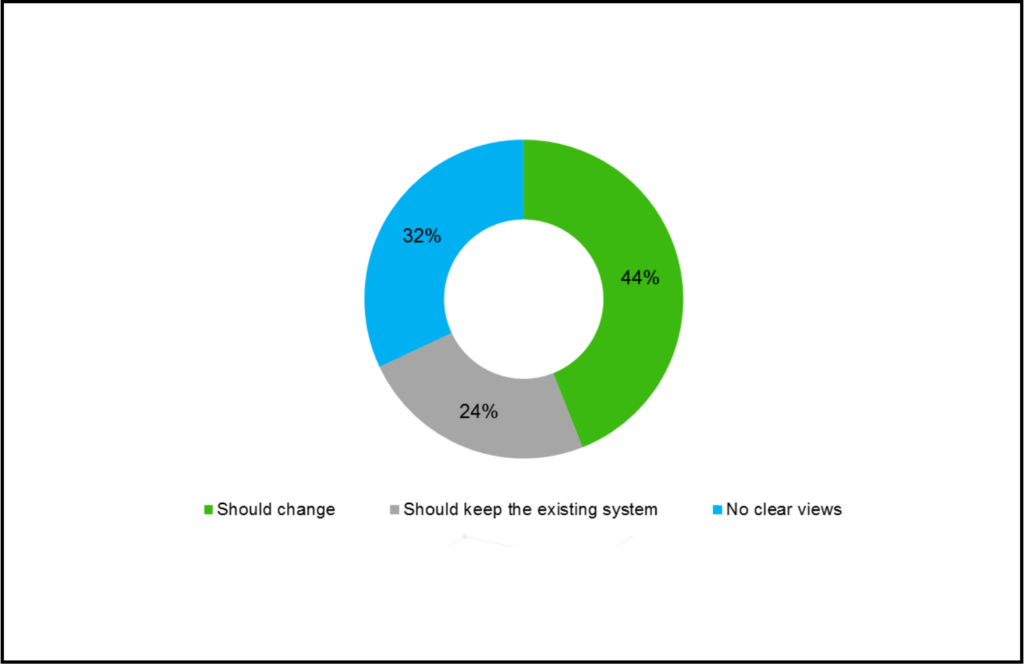During the 2015 Canadian General Election, three of the four main national political parties promised that the 2015 election would be the last run under the Single Member Plurality (SMP) or First Past the Post (FPTP) voting system. With the election of a Liberal majority, the new government will soon begin the process of consulting Canadians, experts, and parliamentarians on a new voting system to deliver on its promise for change.
One objective of this study commissioned by the Broadbent Institute is to explore what Canadians value in an electoral system and their desire for electoral reform. It also seeks to better understand which voting system Canadians prefer.
This is the first study of its kind and size to measure Canadians’ attitudes about voting system design and preferences for electoral reform. It also estimates what the outcome of the 2015 Canadian General Election would have been, had it been run under a ranked ballot system, also known as preferential ballot, as compared to proportional representation and the current system.
The survey informing this study was conducted online with 2,986 Canadians aged 18 and older from November 3 to 6, 2015. A random sample of panelists was invited to complete the survey from a large representative panel of Canadians, recruited and managed by Research Now, one of the world’s leading providers of online research samples. The sample size allows for robust estimates to be developed across regional, demographic, and political subgroups, allowing, for the first time, detailed estimates on how a ranked or preferential ballot would have impacted a Canadian election.
The Marketing Research and Intelligence Association policy limits statements about margins of sampling error for most online surveys. The margin of error for a comparable probability-based random sample of the same size is +/- 1.8%, 19 times out of 20. The data were weighted according to census data to ensure that the sample matched Canada’s population according to age, gender, educational attainment, and region. Totals may not add up to 100 due to rounding.
Throughout this report, we report results by key regional, demographic, political and attitudinal subgroups. Within the charts, we note differences between those who were aware and unaware of Canada’s current voting system and between those with varying levels of concern about electoral reform.
‘Canadian Electoral Reform: Public Opinion on Possible Alternatives’ is licensed under CC BY-NC 4.0
